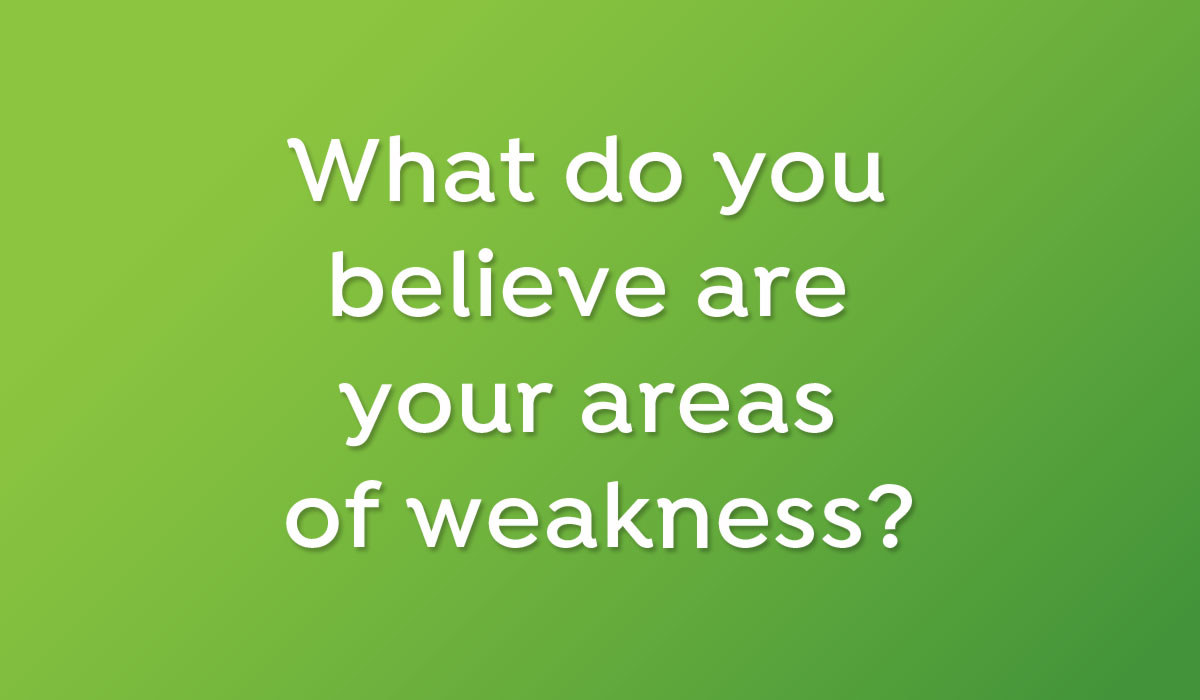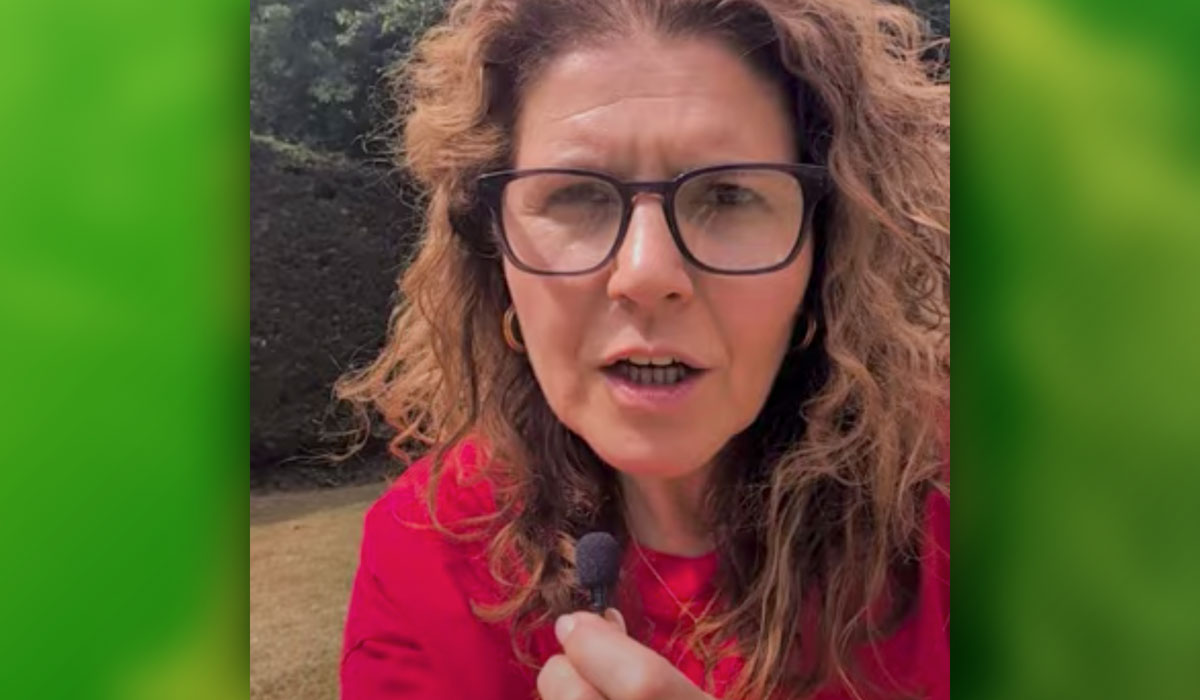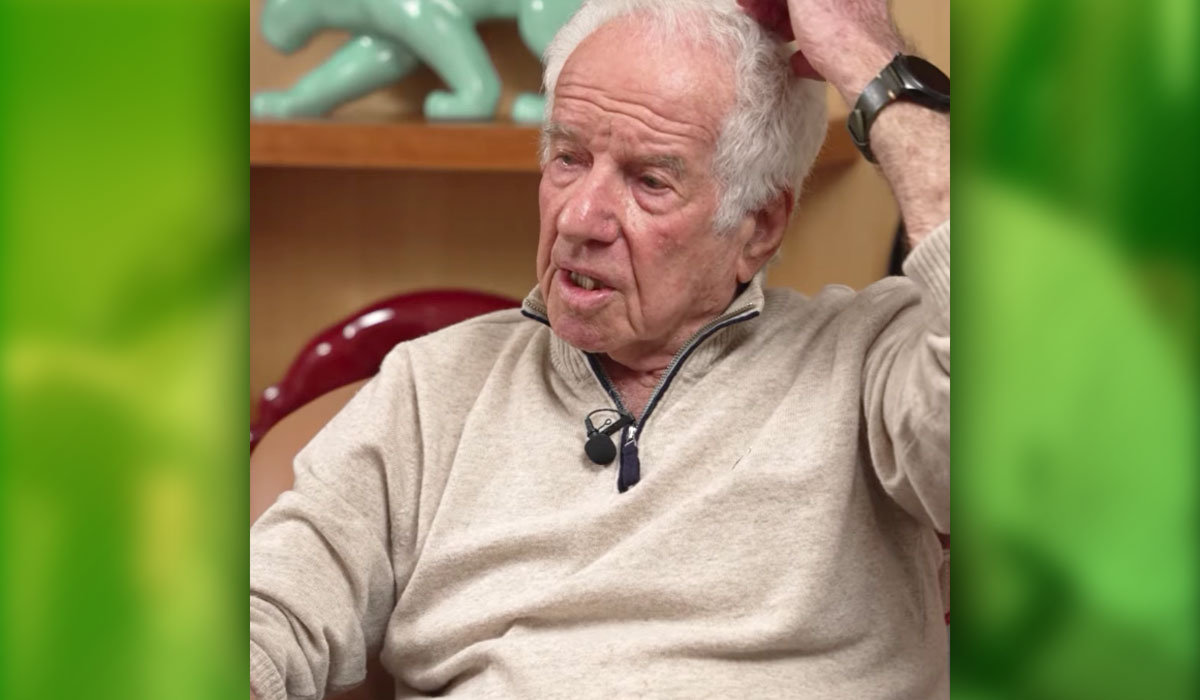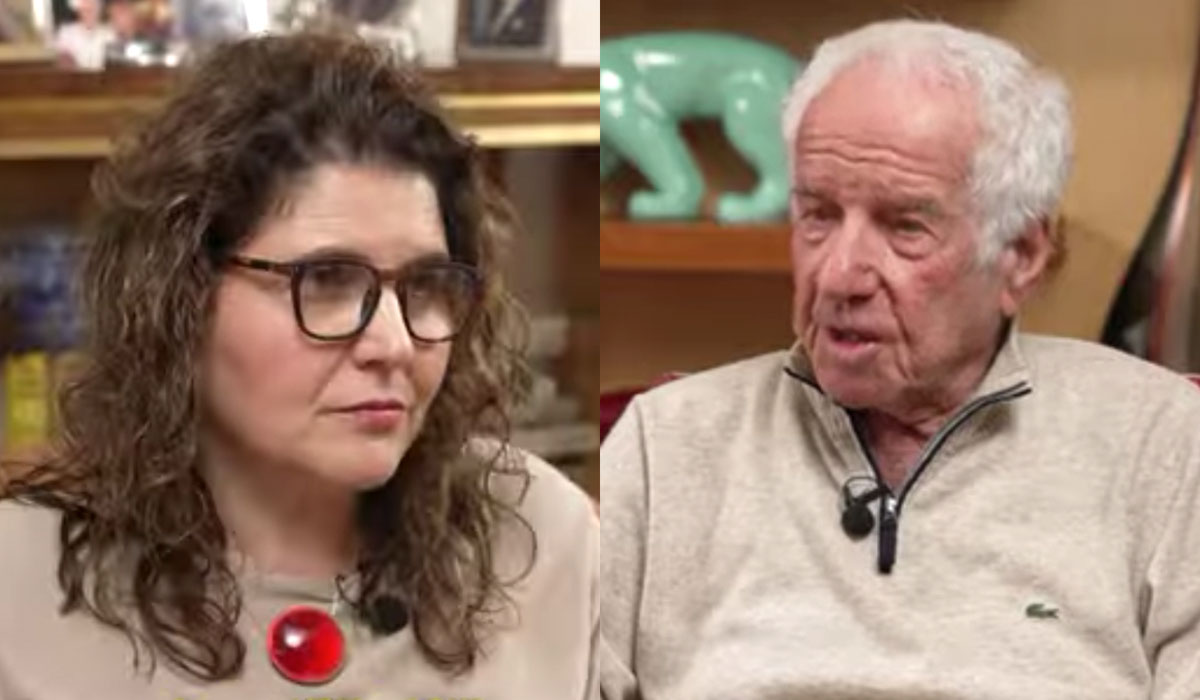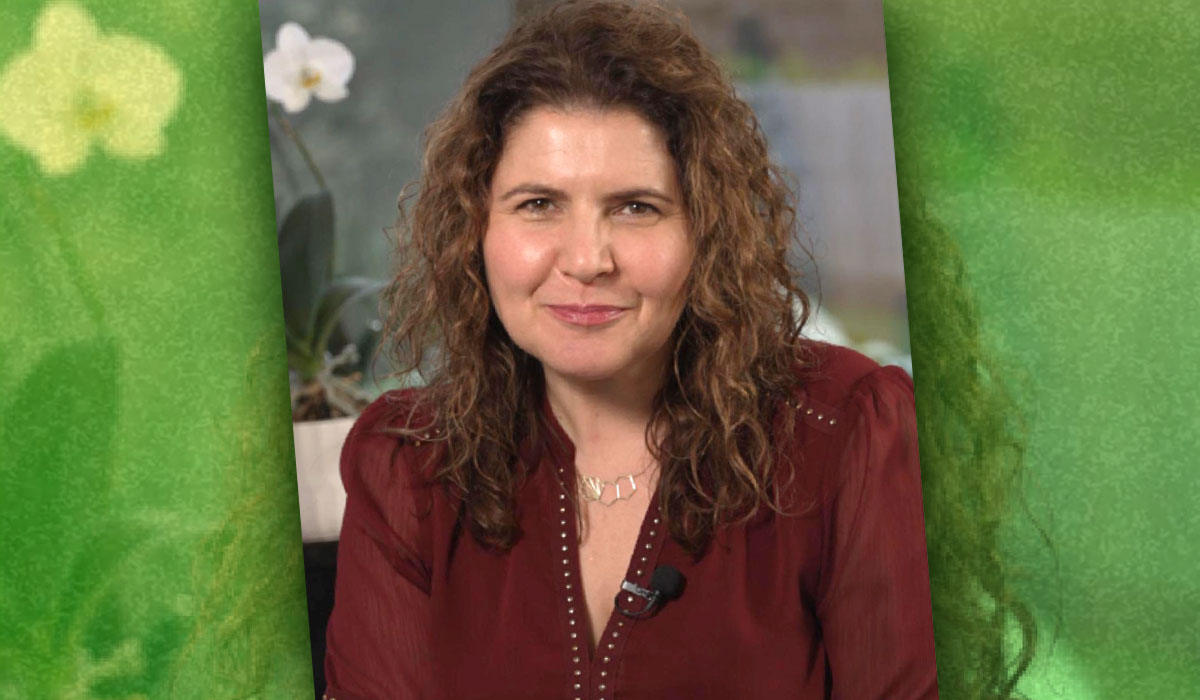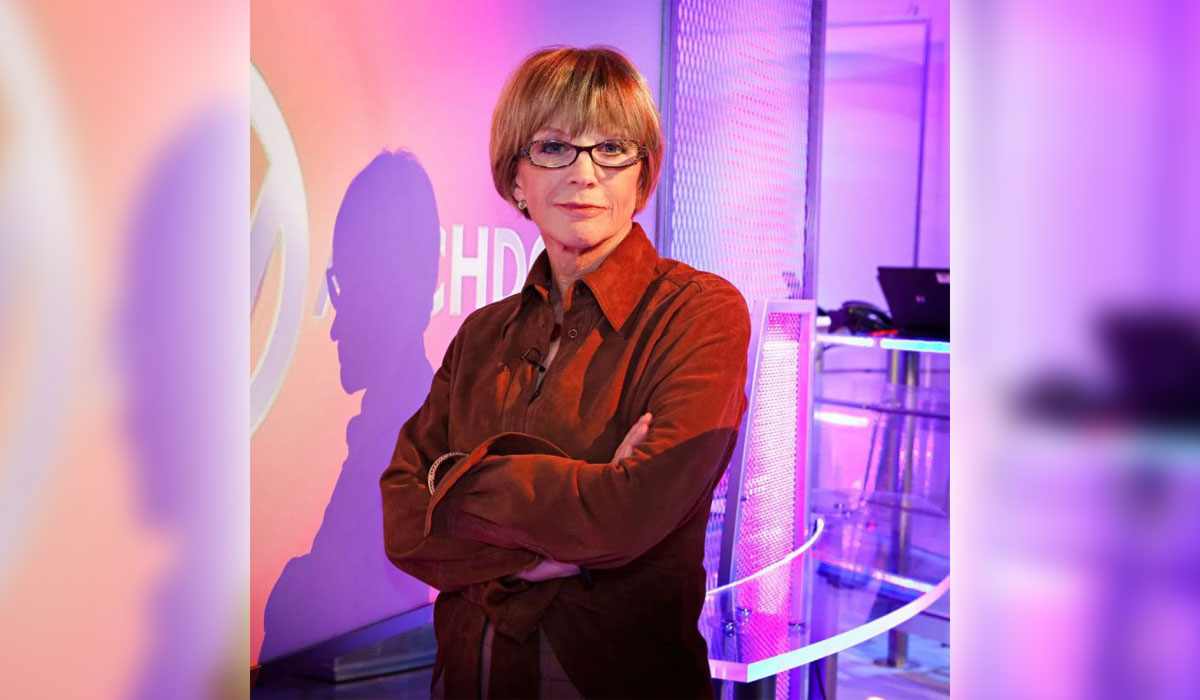I’ve spent the morning preparing for a media training session.
Every person we train is asked to complete a pre-training questionnaire, which means that we create content that is focused solely on them – addressing what they believe are their strengths, weaknesses, hopes and fears.
It is a fascinating insight into the minds of CEOs and Senior Leadership Teams and arguably the most important part of the jigsaw puzzle to anticipate how the training session is going to run…
To the question ‘what do you believe are your areas of weakness?’
We tend to get a version of the following: not being able to answer all the questions, handling difficult questions, speaking too quickly etc
But today I’ve just read the answer ‘that I am a bit woo’
This is both a unique and brilliantly intriguing answer, and I am now seriously looking forward to the training!

